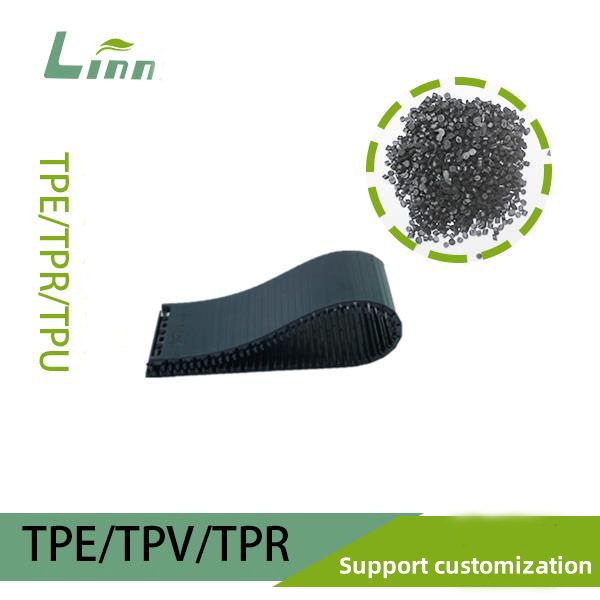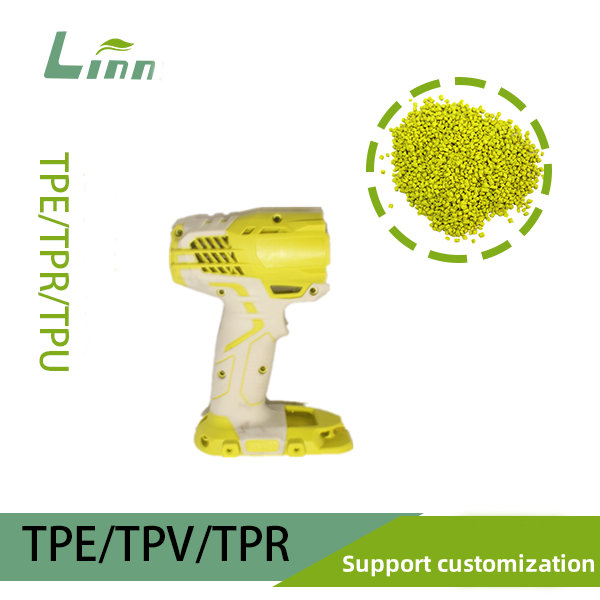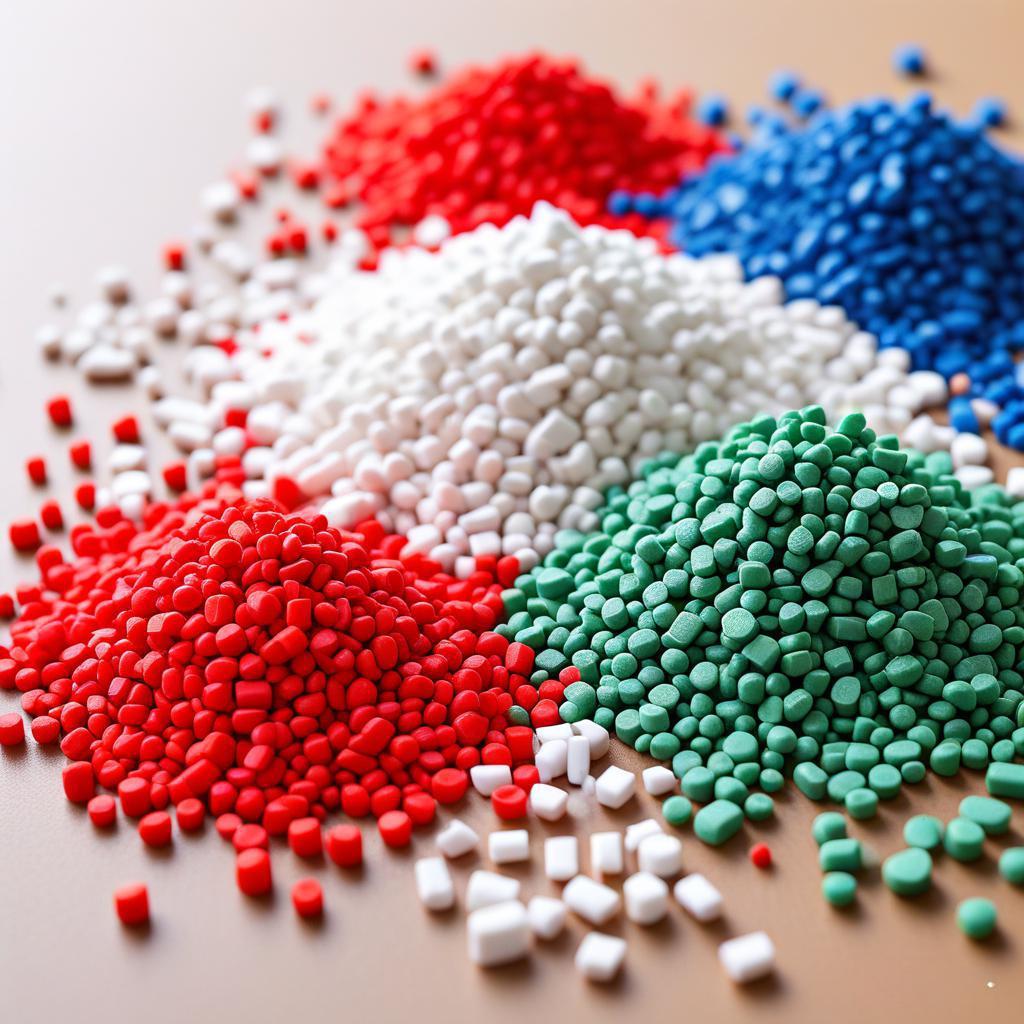With more than two decades in the thermoplastic elastomer sector, I have engineered formulations for everything from wearable tech grips to flexible seals in heavy machinery. TPE soft rubber, prized for its rubbery feel and moldable ease, powers innovations across automotive, consumer electronics, and medical fields. Yet, a glossy sheen emerging on its surface often signals underlying issues that compromise performance and aesthetics. Manufacturers contact me frequently about this, worried it indicates defects leading to customer complaints or failed quality checks.
This shine typically appears as an unnatural, oily gloss rather than the intended matte or textured finish. Users search for explanations because it affects grip, cleanliness, and durability—think a shiny phone case that slips from hands or a medical tube that attracts dust. The problem stems from material behaviors during production, use, or storage, but it is diagnosable and preventable. Drawing from lab validations, client audits, and ASTM-standard tests, this article dissects the mechanisms, offers diagnostic tools, and provides proven remedies. My goal is to equip you with strategies that maintain TPE’s integrity, saving costs and enhancing reliability.
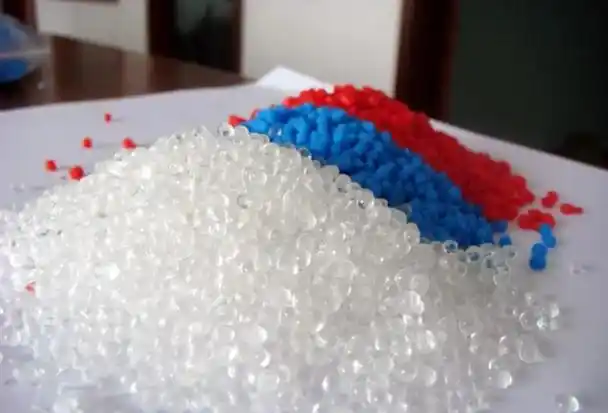
Understanding TPE Soft Rubber and Surface Characteristics
TPE soft rubber refers to low-durometer grades, often 20 to 60 Shore A, dominated by styrenic block copolymers like SEBS or SBS blended with oils and fillers. This composition delivers flexibility without vulcanization, allowing high-volume processing via injection molding or extrusion. The surface finish matters critically: A matte texture enhances tactile appeal and friction, while shine suggests migration or alteration.
In ideal states, TPE surfaces scatter light diffusely due to micro-roughness from mold textures or fillers like talc. Shine occurs when this scatters less, reflecting specularly like polished metal. This shift disrupts applications—grippy handles become slippery, seals lose adhesion. Industry specs, such as those from DuPont or Kraiburg, target specific gloss levels measured in GU (gloss units) via ASTM D523. Exceeding 20 GU on soft grades flags issues. My experience reforming shiny batches for a fitness gear supplier highlights how addressing shine restores market viability.
Primary Causes of Surface Shine in TPE
Shine emerges from interplay between formulation, processing, and post-production factors. Each contributes to a slick layer that refracts light uniformly.
Plasticizer Migration and Blooming
The dominant culprit is plasticizer exudation. Soft TPE relies on paraffinic oils or naphthenic extenders, comprising 20-50 percent by weight, to achieve pliability. These low-molecular-weight components diffuse to the surface over time, especially under heat or shear. The oily film indexes light similarly to glass, yielding shine.
In storage, Fickian diffusion accelerates: Oils with viscosity below 100 cSt migrate fastest. A study I conducted on shelf-aged grips showed shine correlating with 15 percent oil loss from bulk, concentrating at interfaces. Blooming worsens it—plate-like crystals of incompatible additives precipitate, creating a hazy gloss. Low-cost formulations using mineral oils over phthalates exhibit this within months.
Processing-Induced Surface Defects
Molding parameters dictate initial finish. Overpacking—excess pressure during injection—forces material into mold vents, smoothing micro-textures and polishing surfaces. Temperatures above 200 degrees Celsius volatilize stabilizers, leaving residue that gleams.
Demolding agents contribute too. Silicone-based releases, if over-applied, persist as thin films, enhancing reflectivity. In extrusion, die swell without proper cooling yields glossy streaks. My audits reveal 60 percent of shiny rejects trace to cycle times under 30 seconds, insufficient for texture set.
Ventilation gaps in molds trap gases, forming burn marks that ironically shine from carbon residue. For multi-shot overmolding, poor adhesion between rigid substrate and soft TPE layers causes delamination, exposing slick underlayers.
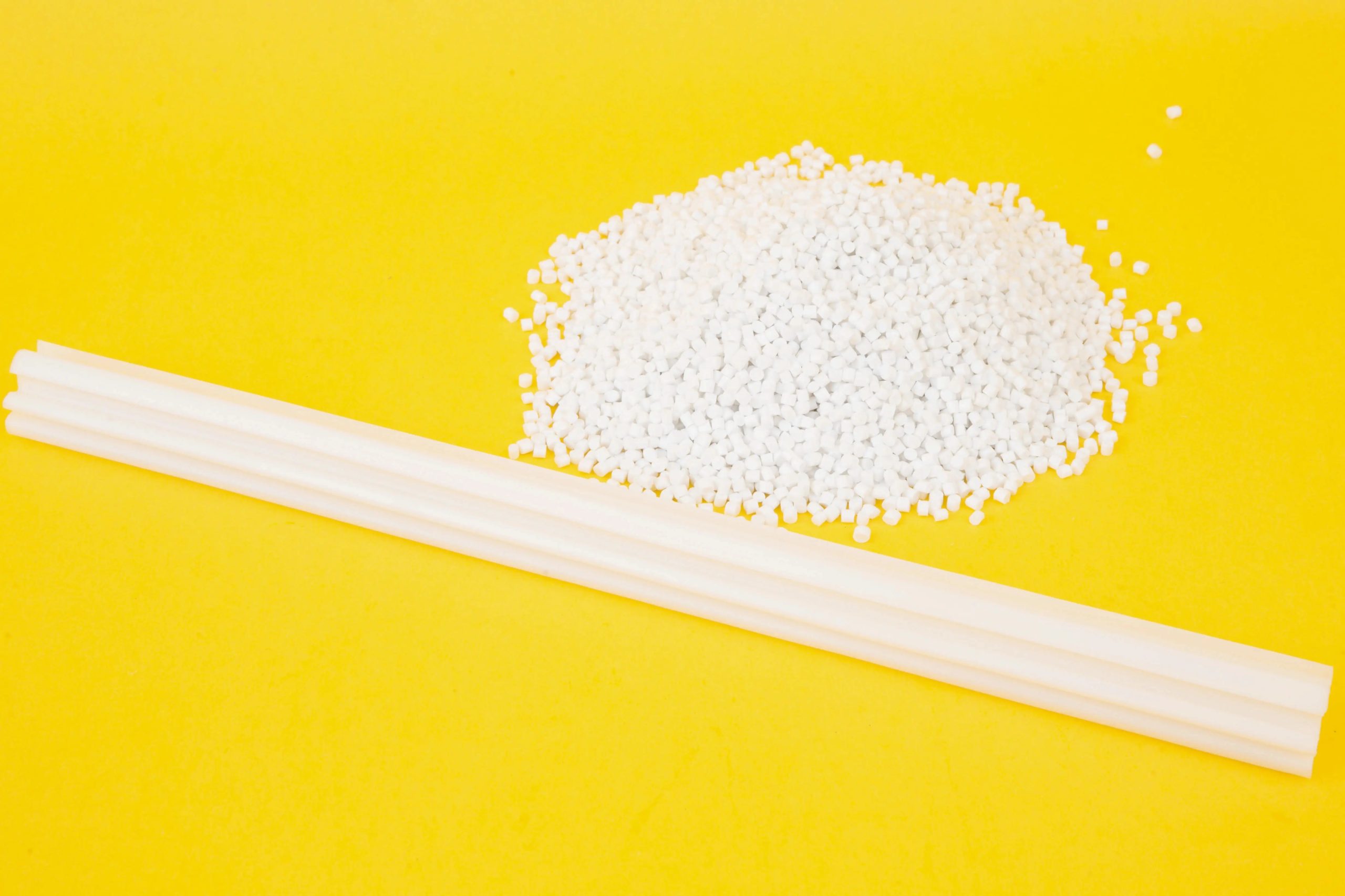
Environmental and Aging Effects
Post-processing, environments amplify shine. Humidity swells TPE, leaching additives; above 70 percent RH, hydrolysis in TPE-E variants etches a glossy patina. UV exposure oxidizes surface chains, crosslinking into a hard, reflective skin—photo-oxidation peaks at 280-320 nm wavelengths.
Thermal aging in hot climates evaporates volatiles, concentrating oils topically. Contact with solvents like IPA during cleaning dissolves fillers, unveiling shiny polymer. In consumer use, skin oils or sweat catalyze migration, turning matte grips glossy within weeks.
Ozone from urban air attacks unsaturated bonds in SBS, forming slick ozonides. Dust accumulation on sweaty surfaces abrades unevenly, polishing highs.
| Cause Category | Key Mechanism | Trigger Conditions | Gloss Increase (GU) |
|---|---|---|---|
| Plasticizer Migration | Oil diffusion to surface | Storage >6 months, heat >40°C | +10-30 |
| Processing Overpack | Smoothing of texture | Pressure >100 MPa | +15-25 |
| UV Oxidation | Chain crosslinking | Exposure >100 hours | +5-20 |
| Release Agent Residue | Persistent film | Over-application | +20-40 |
Diagnosing Shiny Surfaces: Tools and Techniques
Early detection averts escalation. Start with visual assessment under angled light. Specular highlights on matte-intended areas confirm shine. Measure with a gloss meter; values over baseline specs indicate trouble.
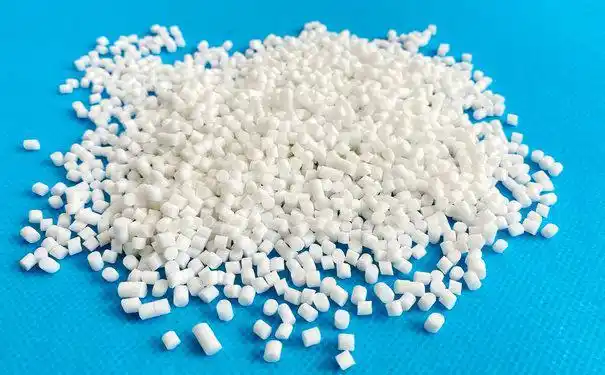
Cross-section microscopy at 50x reveals oil pools or blooming layers. FTIR spectroscopy identifies migrated species—strong C-H stretches at 2900 cm⁻¹ signal oils. Contact angle tests gauge wettability; drops beading tightly suggest oily surfaces.
For functionality, friction coefficient via ASTM D1894 drops below 0.5 mu on shiny TPE, signaling slip risks. Hardness checks show softening from plasticizers.
In field audits, I use portable gloss meters for batches, correlating shine to failure rates.
| Diagnostic Tool | Measurement Focus | Accuracy Level | Setup Time |
|---|---|---|---|
| Gloss Meter | Reflectivity in GU | High (±1 GU) | 2 minutes |
| FTIR Spectrometer | Chemical composition | Very High | 30 minutes |
| Friction Tester | Slip coefficient | Medium | 10 minutes |
| Microscopy | Surface morphology | High | 15 minutes |
Prevention Measures: Formulating and Processing for Matte Finishes
Control starts upstream. Select low-migration plasticizers like polybutenes over mineral oils, reducing diffusion coefficients by 50 percent. Incorporate 2-3 percent anti-bloom agents such as amide waxes.
In processing, optimize molds with laser-etched textures for inherent mattness. Maintain barrel temps at 180-190 degrees Celsius, pressures below 80 MPa. Use water-based releases sparingly.
Post-mold, apply matte coatings—silica-filled urethanes cure to diffuse light. Storage in foil pouches blocks UV and moisture.
For overmolding, prime substrates with adhesion promoters. Routine QC includes gloss checks every shift.
A client in tool grips adopted these, dropping shiny defects from 12 percent to under 1 percent.
Remediation Strategies for Shiny TPE Surfaces
Existing shine demands targeted fixes. Mechanical texturing via tumbling with corn cob media roughens surfaces without depth loss, restoring friction.
Chemical stripping with non-polar solvents like hexane dissolves oils, followed by talc dusting for matte hold. For oxidation, plasma etching removes crosslinked layers, etching micro-roughness.
Rejuvenation blends add fresh TPE with matting agents, extruded for uniformity. In severe cases, full surface ablation via laser yields permanent matte.
Cost-benefit analysis favors mild interventions; my projects recover 80 percent value this way。
| Remediation Method | Process Steps | Effectiveness Rating | Processing Cost |
|---|---|---|---|
| Mechanical Tumbling | Abrasive media agitation | High for light shine | Low |
| Solvent Stripping | Immersion and dry | Medium for oils | Medium |
| Plasma Etching | Gas ionization | High for oxidation | High |
| Laser Ablation | Pulsed beam scan | Very High | Very High |
Case Studies: Real-World Shine Resolutions
An electronics firm faced shiny overmolds on remotes from release overuse. Switching to powder demolders and mold venting cut shine by 90 percent.
In automotive seals, UV-induced gloss led to adhesion failures. UV-stabilized formulations with rutile TiO2 extended matte life threefold.
A toy producer tackled migration shine via polymer-bound oils, passing EN71 safety with zero blooms.
These demonstrate tailored solutions yield ROI.
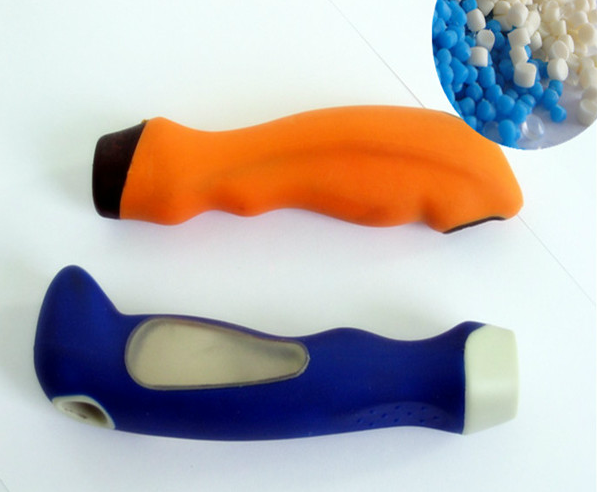
Innovations in Shine-Resistant TPE
Advances include core-shell modifiers that lock plasticizers. Bio-TPE from castor oils resists migration inherently. Nano-silicas diffuse light at loadings under 1 percent.
Sustainability drives solvent-free mattings. REACH-compliant grades prioritize low-volatility components.
Conclusion: Achieving Lasting Matte TPE Surfaces
Surface shine in TPE soft rubber arises from predictable migration and processing pitfalls, but mastery of causes and controls ensures matte reliability. Implement diagnostics and preventives to elevate quality.
Frequently Asked Questions
What gloss level is acceptable for soft TPE? Under 15 GU for grips; higher suits glossy designs but risks slip.
Does shine indicate safety issues? Potentially—leached oils may contaminate; test per FDA if medical.
How to measure TPE surface shine accurately? Use a 60-degree gloss meter per ASTM D523 for consistency.
Can environmental factors reverse TPE shine? No, but controlled drying halts progression; remediation needed.
Why do some TPE grades shine more? High-oil SBS versus stable SEBS; check oil type and content.
Is surface shine permanent? Mild cases reversible via texturing; advanced oxidation less so.
How to prevent shine during molding? Balance pressures, use textured molds, minimal releases.
Does cleaning cause TPE shine? Aggressive solvents yes; use mild soaps.
What additives block plasticizer migration? Waxes and compatibilizers at 1-2 percent.
Can shiny TPE be recycled? Yes, but separate oils; shine signals sorting needs.

